Ivan Yegorov, sommelier of the year: ‘Russian people won’t stop drinking foreign wine’
Wines would get more expensive regardless of the geopolitical story
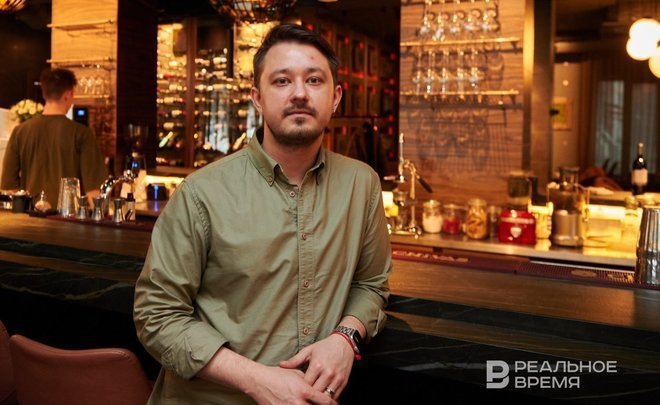
Ivan Yegorov is the winner of WhereToEat award in Sommelier of the Year 2022 nomination in Kazan. In his op-ed column for Realnoe Vremya, the sommelier of Marusovka restaurant explains what has changed in wine imports to Russia in the last year. Our readers will learn how much and why foreign alcoholic beverages are appreciated, when Greta Thunberg was right, what récoltants are and which producer turned out to be the most intolerant about the Russian market. A spoiler: the world of a wine connoisseur did not collapse, while foreign wine imports, as paradoxical as it might sound, grew by 40%.
Foreign wines would become expensive even without sanctions
When different countries started to impose trade sanctions on Russia last year, this affected the alcohol world too. The first six months were the toughest for us because every morning would start with letters saying that some producers left us and others took a pause and do not respond. Of course, distributors started to drive prices for the stock in their warehouses up. Moreover, in some cases, the rise reached 250%.
But there are several other important factors too. Obviously, wines would become expensive regardless of the geopolitical story. There are several reasons.
Firstly, a transport collapse happened during COVID-19 between Europe and the New World (both Americas, Africa, Australia and New Zealand). We remember stories when freight in containers was stuck at ports in quarantine. Since essential products (fruits, vegetables, medicines) were given priority, wines, of course, took a back seat.
Secondly, Greta Thunberg was anyway right: climate is changing. Long-term weather observation diaries wine producers keep demonstrating that this is happening in Europe, including in those regions where the most expensive and popular, iconic wines have been historically made — it is French Burgundy or Champagne, Italian Piedmont, Toscana and Veneto. As well as in the Alps — Germany and Austria. Significant warming is noted everywhere.
But the historical culture of vine cultivation and wine production in these regions implies moderate and chill weather. Grapes in Burgundy don’t need hot weather — this leads to a bad result. It becomes harder to follow the style of the wine the whole world has got accustomed to for hundreds of years. It is there but it is absolutely different: its bouquet, style, intensity changes.
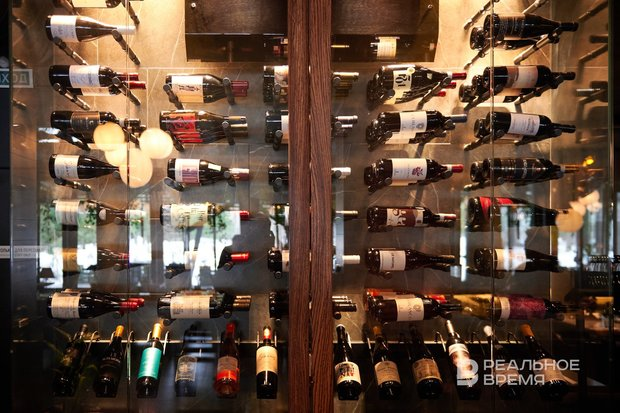
Another climate problem is frequent frost that destroys the future and ripe harvest. French winemakers try to save the situation: they place barrels between the vines and heat their vineyards with brushwood by burning cut branches in them. This looks very impressive but for a wine producer, it is real trouble. Such frost has been in the same Burgundy in the last four years. The harvest has seriously decreased, the amount of wine has too. This means prices would go up without the special operation too. It was inevitable.
However, it is noteworthy that wines from the regions I am talking about weren’t considered cheap — they cost about 8-10,000 rubles per bottle before these processes. There is a French wine brand, one of the priciest in the world that used to cost 3.2 million per bottle. Now we see it to total 6.2 million rubles. Of course, such wines are purchased too, but agree, this isn’t the segment that creates big trends in the market.
The special military operation raised prices for foreign wines by a third
But the special military operation, of course, made its contribution to the price change. Absolutely everything appreciated suddenly first. There was a period when we got surprises because of endless convulsions of the currency rate every morning. It goes without saying that everybody needs to survive, and distributors created a pricing policy taking this into account.
Now, a year later, we see that one can live with those prices fixed nowadays. But I can say one thing for sure we will never go back to those prices for foreign wines we saw before 2022 because they are created according to a complex mechanism. Excluding sanctions, the energy market has dramatically changed, which means that the prime cost of wine production and its transportation expenses have too. In any case, wine producers have to raise prices for their products even disregarding those reasons I have voiced above.
If we consider the contribution of the special military operation, by the roughest estimates, it made foreign wines about 30% more expensive for the Russian consumer. However, this market is very different, and this is why such an estimate is too average. Everything is different in different categories. Plus, a very big number of new wine producers enter the Russian market, they aren’t yet spoiled with high demand, this is why at the moment they offer very pleasant prices for their products. Nobody dares to predict how much such a promo price will last for, but nobody in our community doubts it will grow.
“I get port wine, go home”
A lot of wine producers that manufactured mass-market products left Russia after the start of the special operation. Mostly this doesn’t happen because they curse us and consider us rascals but because logistics were seriously disrupted.

However, some countries imposed sanctions too. For instance, New Zealand and Australia completely banned their wine imports to our country. Moreover, historically, their Sauvignon and Syrah wines have been very popular in Russia because our consumer liked their bright, intensive, deep taste in combo with a pleasant price.
The US imposed sanction restrictions on their wine exports, but it was craftier — only the premium segment was “cut off,” from $300 per bottle. The rest continues to be delivered, but this process slowed down very much. Now it takes from four to six months on average from the moment of the order to its reception in Russia.
European wine producers stopped their supplies to Russian due to ideological reasons last spring too. Moreover, somebody did this due to their own emotions, others did it under the pressure of other market players. A lot here is linked to the fact that Europe (France, Italy, Germany, Austria, Spain, Portugal) has very complex alcohol market regulations, they are more elaborate than here.
As for losses, Portugal completely stopped port wine exports to Russia. The port we have now comes from our old stock, there weren’t supplies in 2022. While the Portuguese put Vinho Verde Russians liked on hold first and now anyway continue supplying it in roundabouts.
Silent Alpines and lofty French
Wine producers of Germany and Austria with their Traminers and Rieslings try to stay on the sidelines and keep silent due to certain circumstances, commenting nothing because as soon as speak out, they will immediately be reminded of the 40s. Their wine supplies to Russia dramatically decreased. While there was a joke circulating among sommeliers in the last years that it is the new Pinot Grigio because its popularity grew.
As for France, here legislation for wine producers is the strictest and most diverse. Every region of France has authoritative and serious consortiums of winemakers. They issue certificates to produce wine, a permit to put certain labels on, to obtain a high status of wine. In general, those European producers who are members of these consortiums left us as a token of solidarity. For instance, there was a high-profile scandal in Champagne: all big Champagne wine houses we have been historically accustomed to cannot supply wines to Russia anymore, otherwise they will pay for it differently. In particular, they are threatened to be revoked their licences, and it will be nonsense!
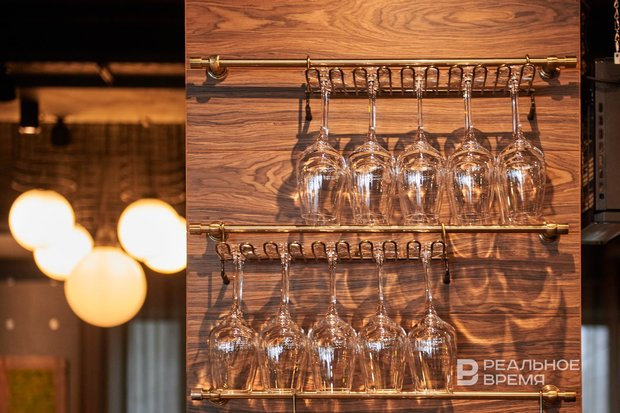
However, there is a huge number of producers who aren’t members of these consortiums for some reasons. And they rushed to Russia in spades. Yes, their lots are smaller. Their brands are less famous. There are so-called récoltants — Champagne brands made by wine producers in small vineyards from their feedstock (they don’t sell it to Champagne wine houses to make famous brands). The popularity of reécoltants in Russia has soared in the last few years because these guys make quite an interesting product. They act a bit crazier, in a less classic way. Of course, they will never get a long-awaited seal or the highest category from the consortium. But does it really matter to the consumer? No. These lads can absolutely calmly supply to Russia, which they are doing successfully.
Nature abhors a vacuum
Now I will provide a semi-official statistic that certainly surprises you. In the last year, the amount of wine supplies from Europe to Russia has increased by 40%. Even considering how many producers have left our country. For instance, wine producers from Austria started to ship 500% more wine to Russia than a year ago.
This is explained very simply: small (and by the way, very interesting) producers that couldn’t even imagine earlier they could enter the Russian market started to occupy the vacant niche. The market is free, it is actively filled.
All this shows one thing: Russian people won’t stop drinking foreign wine. By the way, statistically, consumption has increased 1.5 times in the last year. And there is the huge New World.
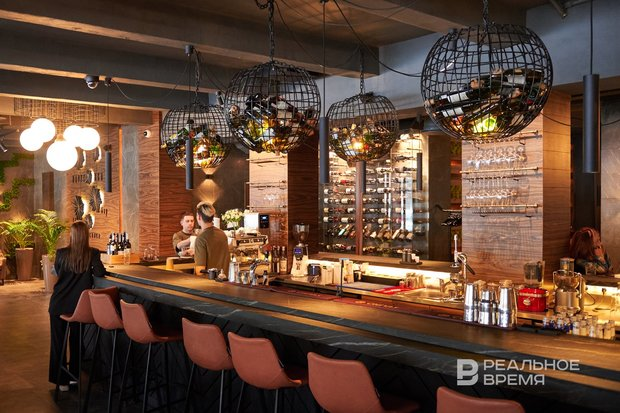
Wines from Africa, Latin and South America, North American wines below $300 are supplied to Russia without a problem. I know for sure that buyers of large alcohol companies now travel around the world and try to find new vineyards (small, as a rule) including even the most extraordinary regions for Russian consumers. For instance, China or India: they make a lot of wine there, there are aboriginal grape varieties. The problem is that they have such a big population that no matter how much they produce, they will consume these amounts. Don’t be surprised, they have an amazingly developed wine culture: nowadays the Asian market is the biggest consumer, including luxury labels.
Superconservatives should be less conservative
I will sum everything up: there aren’t problems with supplies of foreign wines to Russia. However, a superconservative consumer who used to buy a specific brand for decades will face a problem: perhaps, they won’t see it anymore. Alternatives should be looked for. And there is a huge number of these alternatives. Three new brands come to replace one. It is just time for experiments.
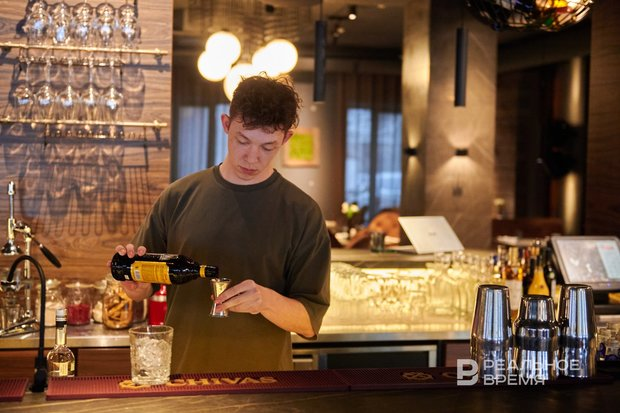
When all this just began, some “experts” vociferously buried our profession. Shipping plummeted in restaurants for some period, and people really ordered less wine for a couple of months. But now I don’t see catastrophic problems. Yes, New Zealand Sauvignons have left us — but I haven’t shed a tear because of this. Moreover, in some cases, I was even glad that they stopped to be imported here. No matter how snobbish this sounds, we were already tired of them. Sometimes I want people to try something new. And if the consumer is ready, we will find a good replacement for their favourite brand that is gone because the shelf today is three times more diverse than a year ago. And if they are stuck in the past, unfortunately, I am no help here because the wine world has really changed.
Reference
The author’s opinion does not necessarily coincide with the position of Realnoe Vremya’s editorial board.